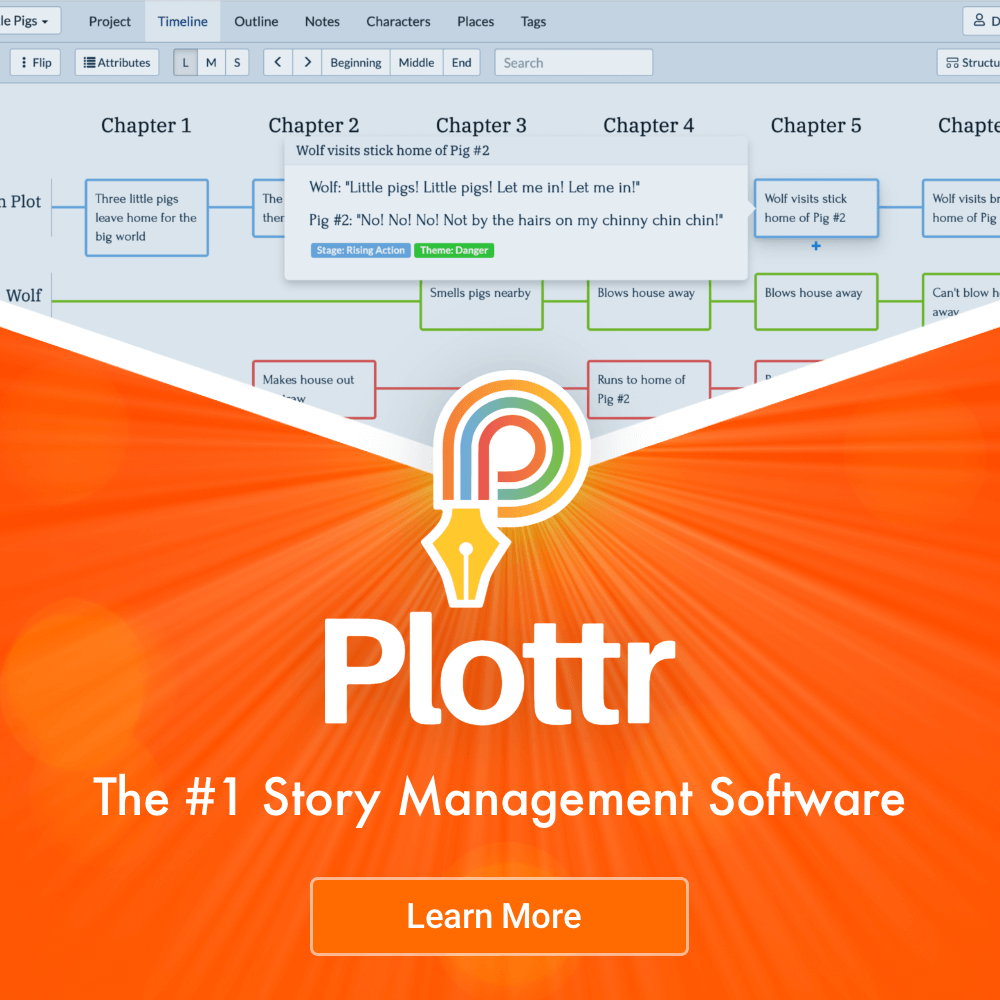Stepping into the world of social media can be daunting for an author, but it doesn’t have to be. If you have a smartphone or access to the internet, there’s a good chance you’re active on at least one platform – and it’s likely the same goes for your reader base. A lot of factors go into choosing which social media platforms are “the right” ones, but at the end of the day, your goal online is to reach a specific target audience, rather than appeal to the masses.
Analyze your readership to learn about their demographics, general interests, and how they spend time online to help guide your efforts. Learn from successful authors in your genre by researching the networks they use and the type of posts they make. It’s important to focus your time and energy on platforms where you can connect with your target audience and where you will be most comfortable to be yourself! From there you can build a social media strategy that will help increase your online presence, readership engagement, and overall brand awareness.
While Twitter has fewer active users than other platforms – about 326 million worldwide, it’s still relevant and used by many professionals, authors included. Unlike other platforms, Twitter focuses more on the written word – such as news, politics, and gossip to new discoveries, technology, and ideas – rather than flooding your feed with images and videos on every post. Although Tweets are restricted by a 280-character limit, there are plenty of opportunities to share relevant industry news, updates on your newest project, or even “retweet” an expert who’s already said it best. Twitter is an excellent means for writers to make connections with readers, fellow authors, and other industry professionals, and a great way to engage online.
Pinterest is a visual platform that allows users to create their own virtual “pinboard” to collect their favorite images, videos, stories, and more. Everything from recipes and home décor to life hacks, crafts, and yes, even literature, can be found on this platform. Ironically, Pinterest is sometimes referred to as a “non-social” social media platform because of its independent use, and limited interaction with other users. It’s perfect for authors who have a particular aesthetic they want to share – perhaps illustrations or cover art, or artistic quotes from your work. With over 400 million users globally, Pinterest is an especially great choice for writers who want to reach a wide audience, without the pressure of actively engaging with your audience regularly – as is expected on other platforms.
Being that Facebook is one of the oldest social media platforms used today, it’s probably no surprise that it is also the largest. With over 2 billion users on the network, Facebook is by far the most popular platform with the largest online reach. While maintaining a presence on Facebook takes effort, regular activity, and careful moderation, it’s a fantastic way to create space for connecting with your readers. Countless authors, in all genres, have established Facebook Groups and Author Pages where they can share information about themselves and their work, provide updates on projects, promote new releases, and interact directly with their fans. Facebook is a great way for authors to market their work and build engagement while creating an intimate community where you can be approachable and authentic.
With over 1 billion users globally, Instagram is certainly a platform for all professionals to consider, including authors. Known for being the go-to place to share pictures and videos online, it’s quickly become one of the fastest-growing social media platforms used today. Instagram’s features have developed over the years beyond a single continuous feed, allowing users to share stories, reels, and IGTV feature videos. Authors with a strong affinity for visuals, who love to create and share their sense of style and aesthetic flair, will find Instagram is the perfect place to connect with their readers and promote their work. Several authors and writers use the platform to share their writing process, quotes, or excerpts of their work, host giveaway promotions, and share their personalities in interesting ways that will capture their audience.
TikTok
Whether you’re an avid TikTok user or not, you’ve likely heard of the app or have even watched TikTok videos shared through other platforms. Although the video-sharing app was released in 2015, it wasn’t until 2018 that it became the “Most Downloaded App” on the Apple App Store. The platform has gained momentum quickly since, gaining over 1 billion users worldwide, featuring videos in every genre you can imagine. While it can take some time to build a following and work your way onto the FYP of your target audience, with practice TikTok can be a great place for an author who loves to share. The short nature of TikTok videos can make it difficult to capture the attention of your audience, which is why it’s important to share videos that really resonate. TikTok users value content that has an impact and draws emotion – make them think, laugh, cry, or teach them something new – don’t just sell, sell, sell.







